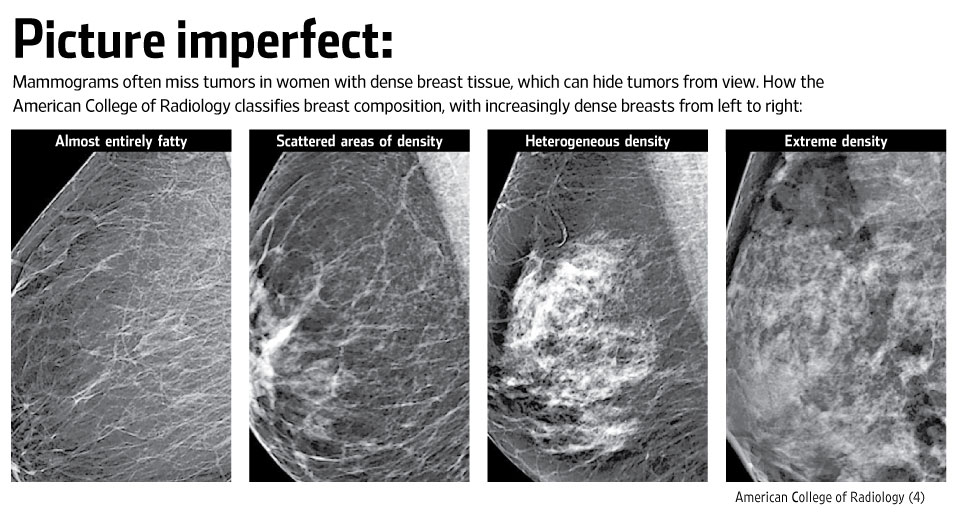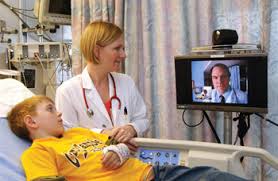Medical Malpractice Prevention: May-Thurner syndrome is often not investigated by practitioners and complications can follow for patients with Deep Vein Thrombosis (DVT)
 Failure to diagnose May-Thurner Syndrome may be medical malpractice that can lead to post-thrombotic syndrome, potentially fatal pulmonary embolism, pulmonary hypertension, and in the worst case paradoxical embolism.
Failure to diagnose May-Thurner Syndrome may be medical malpractice that can lead to post-thrombotic syndrome, potentially fatal pulmonary embolism, pulmonary hypertension, and in the worst case paradoxical embolism.
In a recent article published in the current issue of the Journal of the American Academy of Physician Assistants, the author Jaclyn Leitner who practice general medicine in Newark, New Jersey describes the case of a 28 year old female marathon runner who visited her office with groin pain. The author explains how to properly diagnose May-Thurner syndrome and the available treatments.
 New York Personal Injury Attorneys Blog
New York Personal Injury Attorneys Blog



 Every drug with two names, brand name and generic name, is a medication error waiting to happen, writes Theresa Brown in her latest Opinion in The New York Times blog.
Every drug with two names, brand name and generic name, is a medication error waiting to happen, writes Theresa Brown in her latest Opinion in The New York Times blog. The risk of
The risk of  A doctor can commit medical malpractice if he is not properly trained to use the Electronic Medical Record (EMR) system. In a recent case study Web Morbidity and Mortality looks at the case of an epileptic patient who experienced temporary toxicity because of a medication error linked to improper use of EMR.
A doctor can commit medical malpractice if he is not properly trained to use the Electronic Medical Record (EMR) system. In a recent case study Web Morbidity and Mortality looks at the case of an epileptic patient who experienced temporary toxicity because of a medication error linked to improper use of EMR. Central Line-Associated Bloodstream Infections (CLABSI) are often the result of medical malpractice. An estimated 250,000 CLABSIs occur every year in the US with 800,000 of them happening in the emergency room. More than 30,000 people die from CLABSI in the US every year. The CDC estimates that the yearly cost related to CLABSI is $1 billion.
Central Line-Associated Bloodstream Infections (CLABSI) are often the result of medical malpractice. An estimated 250,000 CLABSIs occur every year in the US with 800,000 of them happening in the emergency room. More than 30,000 people die from CLABSI in the US every year. The CDC estimates that the yearly cost related to CLABSI is $1 billion.